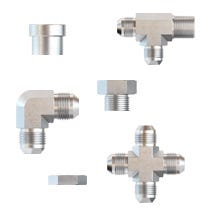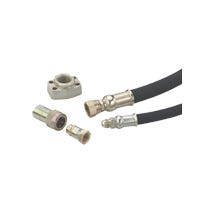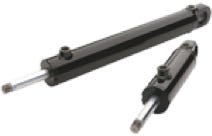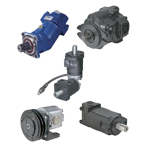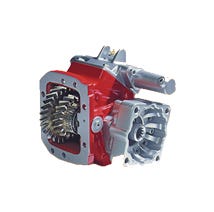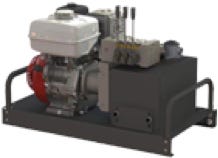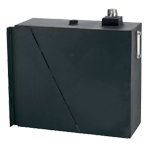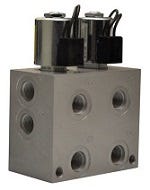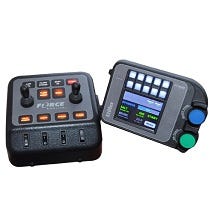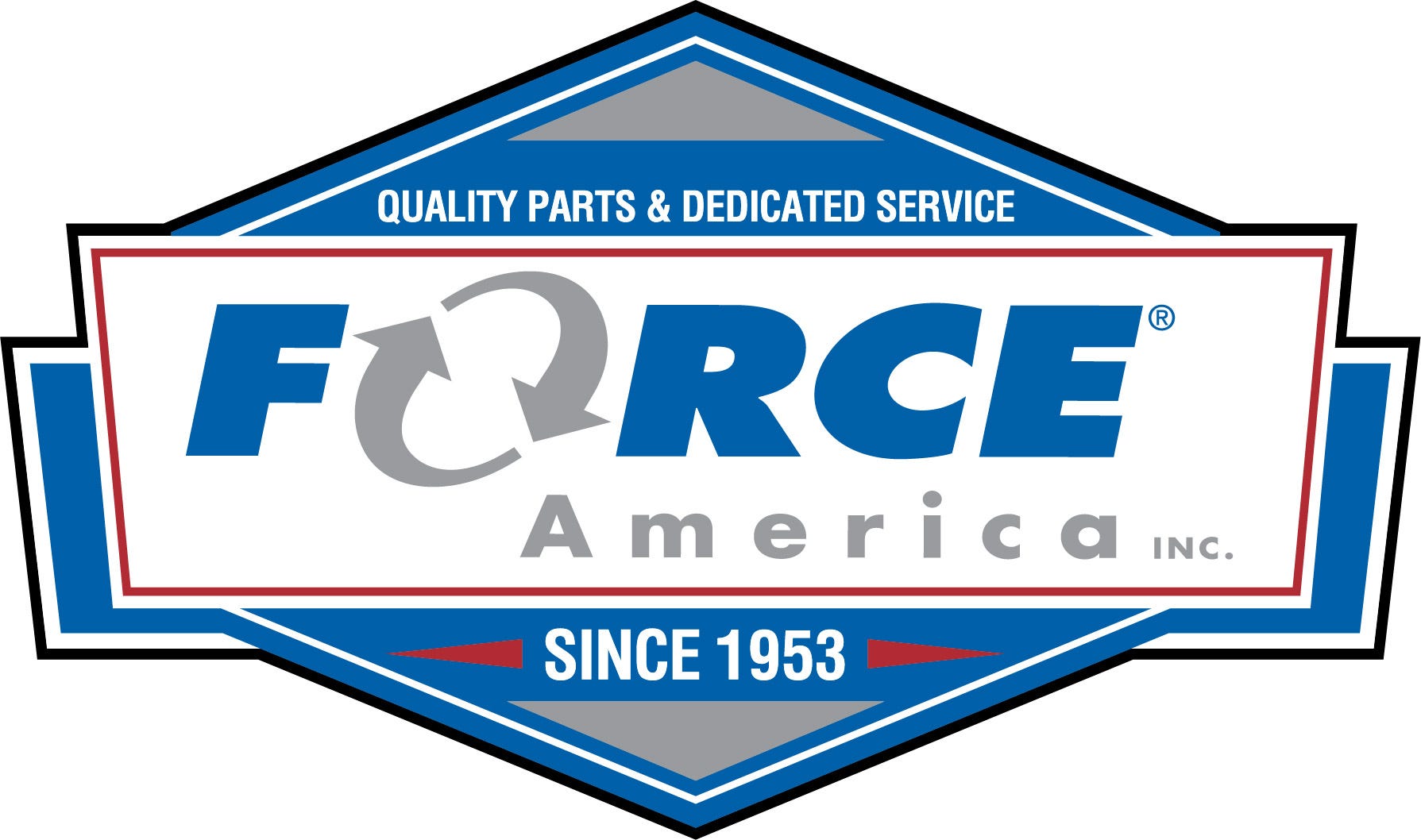Understanding Column Load


The basis of all hydraulic concepts is the fact that the output force produced by a hydraulic system is directly related to the pressure in the system multiplied by the area that pressure is acting upon. This concept is widely known and can be applied not just to hydraulic cylinders but also pumps, motors and many other components. Column load refers to when that produced force overcomes the structural strength of the component itself. This article will explain the column load of a hydraulic cylinder, when that comes into play when designing a system and what the solutions and tradeoffs are to make sure your system works as you want it to.
What is Column Load?
As I mentioned above, the force a cylinder is capable of lifting depends on the pressure the cylinder is capable of withstanding multiplied by the area of the cylinder. For example, the picture to the right is a diagram of a basic double acting cylinder.


Let’s do the math to figure out the force this cylinder can produce at 3000 psi. The area of the large end of the cylinder would be 5² x .7854 = 19.64 in². If we use the Force = Area x Pressure formula (19.64 x 3000 = 58,920 lbs.) we can see that this cylinder would be capable of producing 58,920 lbs. of force on the extended stroke. The problem occurs when you have a cylinder with a long stroke, like the one above. If the cylinder is fully extended to 32 inches, the rod loses most of it’s support from the cylinder itself. The 2-inch diameter rod now must fully support that load and can’t. The rod will buckle, and the cylinder is destroyed. The picture below shows a portion of the Prince Manufacturing cylinder catalog that shows the product specification for a 5-inch diameter bore cylinder rated for 3000 psi.
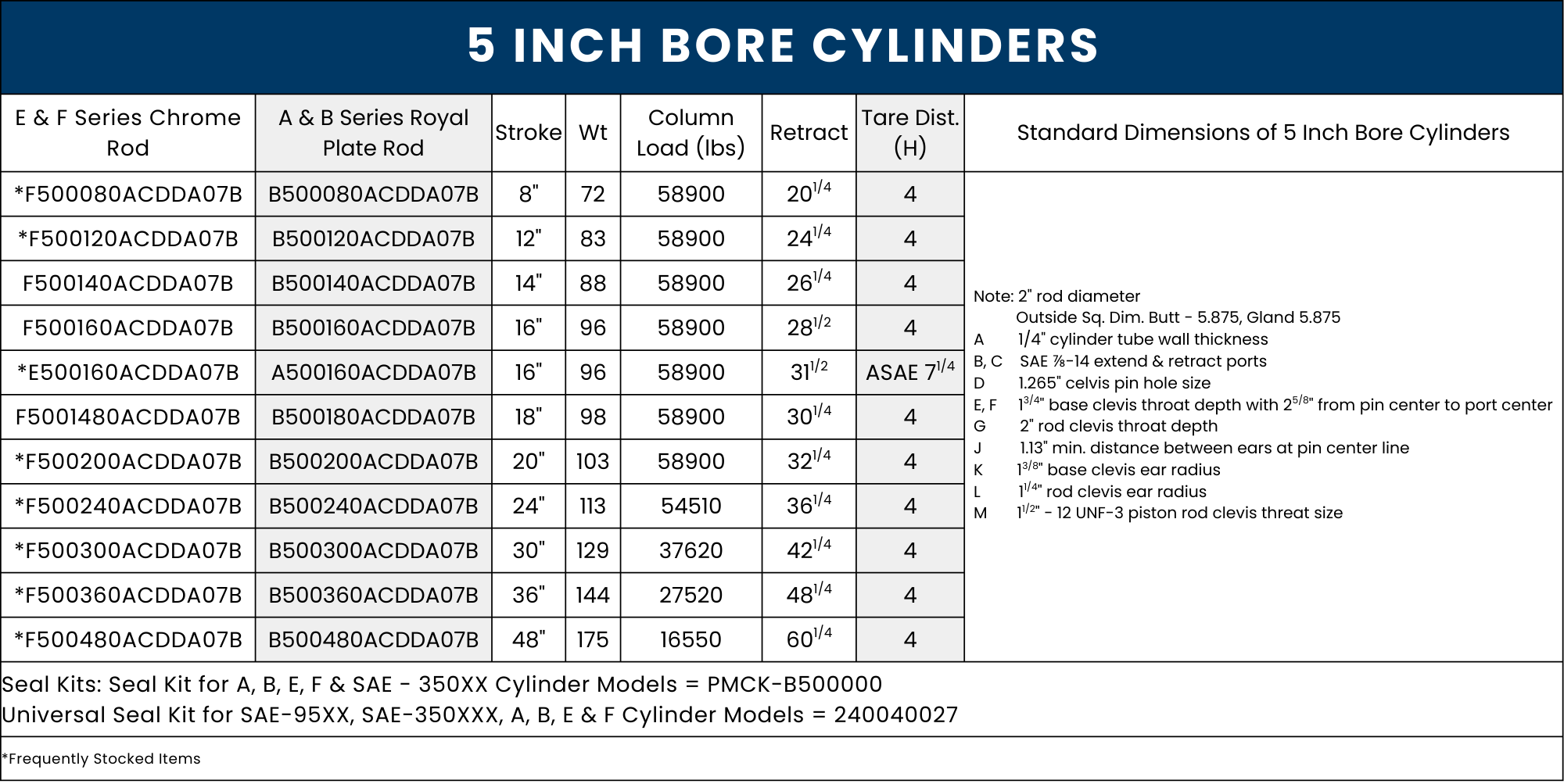

You’ll notice that you’ll get the full 58,900 lbs. of force up through the cylinder that has a 20-inch stroke. The cylinders with a stroke over 20-inches have a decreased force rating. This is because the rod can’t withstand the full load extended more than 20-inches.
Example of a System Where Column Load Could be a Problem
A common system that would be affected by the column load of a cylinder would be a log splitter. We often get called by someone building their own log splitter and they are looking for a large diameter cylinder that is good for 3000 psi of pressure and a long enough stroke that they can fit a log 18-24 inch log on. If sold them a cylinder with a 24-inch stroke, the customer would have to know that fully extended, they would be at risk of wrecking the cylinder if they fully extended it.
Solutions and Trade-Offs to Consider when Designing a System
1. You can choose a cylinder with a larger diameter rod. A larger diameter rod would be rated to withstand the full force at a greater distance. The drawback of this solution is if you need any force on the retract stroke. A larger rod reduces the amount of force that is available on retract because the rod takes up surface area that the pressure can act upon. If you don’t need any force on the retract stroke, this is a perfect solution. Larger diameter rod cylinders are also usually more expensive. So, if you have a budget for your project, it might not work to buy a more expensive cylinder.
2. Another solution would be to put a stop tube inside the cylinder. A stop tube goes inside the cylinder and limits the stroke. You would need to make sure that by doing this, you would still have enough stroke to do the work you need it to do. Again, by adding more parts to the cylinder it also increases the cost and that could affect your budget for the project.
3. The third option is to limit the pressure in the system at the end of the stroke. You can calculate the pressure needed to max out the force in the chart above.
Understanding the concept of column load can potentially save you time, money and frustration over selecting the wrong cylinder for your application. The knowledgeable sales team at FORCE America can assist you in choosing the correct cylinder for whatever project you are working on.

